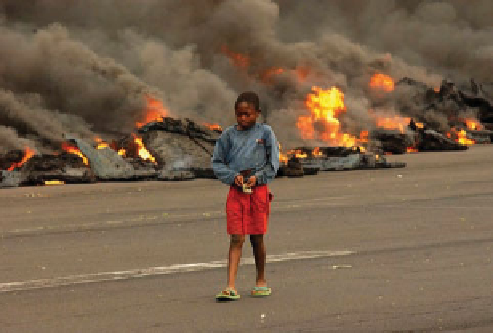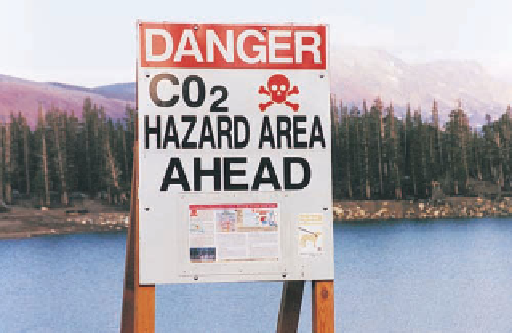Geology Reference
In-Depth Information
Mount St. Helens, Washington, is similarly situated, but it is
on a continental rather than an oceanic plate.
islands have formed in succession as the Pacifi c plate moves
continuously over a hot spot now beneath Hawaii and just to
the south at Loihi.
Mauna Loa and Kilauea on the island of Hawaii and Loihi
just 32 km to the south are within the interior of a rigid
plate far from any divergent or convergent plate boundary
(Figure 5.15). The magma is derived from the upper mantle,
as it is at spreading ridges, and accordingly is mafic, so it
builds up shield volcanoes. Loihi is particularly interesting
because it represents an early stage in the origin of a new
Hawaiian island. It is a submarine volcano that rises more
than 3000 m above the adjacent seafl oor, but its summit is
still about 940 m below sea level.
Even though the Hawaiian volcanoes are not at or near a
spreading ridge or a subduction zone, their evolution is never-
theless related to plate movements. Notice in Figure 2.22 that
the ages of the rocks that make up the Hawaiian islands in-
crease toward the northwest. Kauai formed 5.6 to 3.8 million
years ago, whereas Hawaii began forming less than 1 million
years ago, and Loihi began to form even more recently. The
VOLCANIC HAZARDS, VOLCANO
ERUPTIONS
Undoubtedly you suspect that living near an active volcano
poses some risk, and of course this assessment is correct. But
what exactly are volcanic hazards, is there any way to antici-
pate eruptions, and what can we do to minimize the dangers
of eruptions? We have already mentioned that lava flows,
with few exceptions, pose little threat to humans although
they may destroy property. Lava fl ows, nuée ardentes, and
volcanic gases are threats during an eruption; however, la-
hars and landslides may take place even when no eruption
has taken place for a long time (
Figure 5.17). Certainly, the
most vulnerable areas in the United States are Alaska, Ha-
waii, California, Oregon, and Washington, but some other
parts of the West might also experience renewed volcanism.
◗
◗
Figure 5.17
Volcanic Hazards A volcanic hazard is any manifestation of volcanism that poses
a threat, including lava fl ows and, more importantly, volcanic gas, ash, and lahars.
This 2002 lava fl ow in Goma, Democratic Republic of Congo, killed
147 people, mostly by causing gasoline storage tanks to explode.
a
When Mount Pinatubo in the Philippines erupted on
June 15, 1991, this huge cloud of ash and steam formed
over the volcano.
c
This sign at Mammoth Mountain volcano in California warns of the
potential danger of CO
2
gas, which has killed 170 acres of trees.
b






Search WWH ::

Custom Search